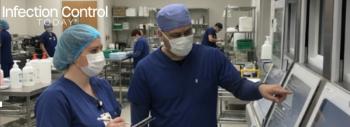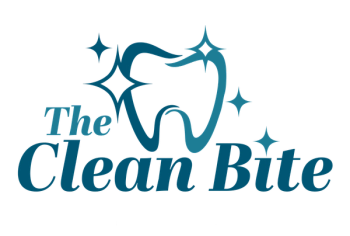
Cleaning Healthcare Workers' Mobile Phones
In a letter to the editor in the June issue of Infection Control and Hospital Epidemiology, Atchara Sumritivanicha, MD, of the Department of Medicine at Thammasat University Hospital in Pratumthani, Thailand, and colleagues, report on their study indicating that use of an alcohol pad to clean mobile phones can eradicate pathogenic microorganisms.
The researchers conducted a pilot study to estimate the prevalence and type of microorganisms isolated from the mobile phones of 80 healthcare workers at a Thai hospital before and after alcohol cleansing. The surface of the phones keypad, mouthpiece and earpiece was swabbed and the phone was cleaned with a 70 percent alcohol pad. A second culture swab of the keypad, mouthpiece and earpiece was obtained 1 minute later. The researchers collected data on study participants occupation, hospital unit, number of patients per unit infected with multidrug-resistant microorganisms that each house staff took care of, and the type of microorganism isolated from each house staffs mobile phone. Information on adherence to the World Health Organization's "5 moments of hand hygiene" was collected from the infection control department as overall adherence in each unit that each house staff worked on at the time of specimen procurement.
The researchers report that 38 participants (47.5 percent) had exposure to multidrug-resistant bacteria at enrollment int he study, and there was an average of two cases per house staff with multidrug-resistant bacteria. Three mobile phones (3.8 percent) had cultures positive for Acinetobacter spp. before alcohol cleaning. After alcohol cleansing, no microorganisms were detected. Overall hand hygiene compliance was 39 percent before touching a patient, 29.4 percent before a clean/aseptic procedure, and 47.5 percent after touching a patients surrounding.
Sumritivanicha, et al. note, "Our study is the first to suggest that alcohol pad cleaning can eradicate microorganisms from mobile phones. Although previous reports identified healthcare workers mobile phones as a reservoir for various multidrug-resistant bacteria, none to date have shown that alcohol cleansing can reduce the detection of bacteria on mobile phones. Notably, overall 5-moment hand hygiene adherence was suboptimal. We acknowledge that we did not distinguish mobile phones by type or structure or evaluate potential behavioral distinctions of the house staff who did and did not have contaminated phones. Nonetheless, these findings suggest a potential environmental and behavioral risk for the transmission of microorganisms to mobile phones via patient-provider encounters. Additionally, our findings support the potential benefit of tailored feedback on 5-moment hand hygiene surveillance to minimize the potential transmission of bacteria in healthcare settings."
Reference: Sumritivanicha A, Chintanavilas K and Apisarnthanarak A. Prevalence and Type of Microorganisms Isolated from House Staffs Mobile Phones before and after Alcohol Cleaning. Infection Control and Hospital Epidemiology. Vol. 32, No. 6. June 2011.
Newsletter
Stay prepared and protected with Infection Control Today's newsletter, delivering essential updates, best practices, and expert insights for infection preventionists.





